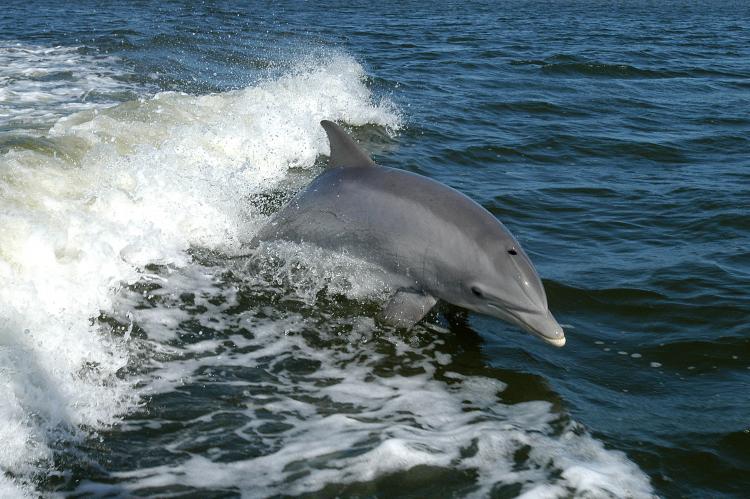Dolphin's mysterious vein network could be key to preventing the bends
External device protecting divers from the bends a possibility
Inside the chests of dolphins and toothed whales, a maze of tiny, worm-like blood vessels called the “thoracic rete” has long baffled scientists. Joy Reidenberg, an anatomist at Mount Sinai’s Icahn School of Medicine, thinks she has the answer and it may hold the key to developing a device to prevent the bends.
Reidenberg is one of several researchers closing in on how marine species manage to dive down to and safely return from the oceans’ depths. The growing understanding of the anatomy of dolphins, whales, turtles and fish is bringing dreams of allowing human divers to dive deeper, faster and more safely closer to reality.
Upon examining 10 dead dolphins and porpoises that were stranded onshore, Reidenberg discovered a network that could function as a sort of “coin sorter” for gases, trapping the nitrogen bubbles that form as divers resurface by catching them in smaller and smaller vessels. This, in turn, keeps them away from entering joints and blocking blood supply to organs, which can cause lethal decompression sickness.
To test her theory of the rete’s function, Reidenberg pumped a seltzer-like solution through the veins of a dolphin carcass and placing it inside a recompression chamber that’s been inserted in a CT scanner. Upon increasing the pressure to simulate a dive, the gases in the fluid would dissolve into the bloodstream. As the nitrogen begins to reemerge as “microbubbles” during the simulated ascent, the thoracic rete would hopefully siphon them off to keep them away from vital organs until they can be released into veins leading the lungs to be exhaled at the surface.
Faster and Safer Dives
“As they get closer to the surface, the bubbles would be shunted out and the lungs would be able to re-expand and the bubbles eventually pumped to lungs,” Reidenberg said. The rete would act as a “bypass loop to catch that extra gas. “If that function of the rete is proven, the risks and wait time for human divers could be slashed by creating an external rete for humans. With a device tucked away on their backs and hooked into their circulation system via a blood vessel near the surface of the skin, the dive would be faster and safer.
However, even marine mammals aren’t always successful at avoiding the bends. Research on whale skeletons has revealed that even whales can get bone damage characteristic of the bends. Unexpected stressors like sonar are thought to be the main culprit, shocking the animals into speeding toward the surface, causing them to decompress their lungs too quickly.
Although still searching for funding to pursue a bends-preventing device, Reidenberg has teamed with other researchers to map the vascular system of a fetal whale to figure out how whale lungs change their elasticity and how we can apply that to reversing lung diseases like emphysema in humans. It’s one more way marine mammals could help us find a way to breathe easier in the water and on land.





























